The November 2012 issue of National Geographic features an article, “Sailing the Dunes,” about aerial trips over sandy deserts. The author, George Steinmetz, has flown in light aircraft in high winds—a dangerous combination. Yet the same winds that make the flying so dangerous also sculpt some of the world’s most beautiful landscapes. Several of the places mentioned in the article have also been covered by the Earth Observatory. Here is a sampling of some of those places, plus some additional dune-rich landscapes.
The Sahara Desert spans northern Africa, covering about 9.4 million square kilometers (3.6 million square miles). Within the Sahara are multiple sand seas, or ergs — big, windswept landscapes of shifting sands. The ergs can be as photogenic as they are forbidding.
Issaouane Erg in Algeria holds multiple crescent-shaped (barchan) dunes and star dunes. Winds blowing mostly from one direction create barchan dunes while variable winds create star dunes. Low-angled sunlight highlights the varied dune shapes in this region. Story: Issaouane Erg, Algeria
Besides barchan dunes and star dunes, Issaouane Erg is also home to mega-dunes. Mega-dunes likely take hundreds of thousands of years to form, and may have started their formation when the Sahara—once a more hospitable place—began to dry. In between the big dunes, winds have swept sand away from the desert surface altogether, revealing gray-beige mud and salts. Story: Dune Types in the Issaouane Erg, Eastern Algeria
The flat areas between dunes are known as dune streets, and they are unmistakable in Algeria’s Erg Oriental. In between the streets, star dunes sit atop linear dunes. Story: Erg Oriental, Algeria
Nearly sand-free basins also separate complex dunes in the Marzuq Sand Sea of southwestern Libya. The big sand masses are known as “draa” dunes, Arabic for “arm.” Extending from some of the draa dunes are snakelike linear dunes. Story: Sand Dunes, Marzuq Sand Sea, Southwest Libya
Dunes form in arid conditions, but conditions can change. The manmade Toshka Lakes of Egypt flooded old dune landscapes. Depending on lake levels and the underlying topography, some dunes are completely flooded while the crests of others poke above the water surface. Story: Toshka Lakes, Egypt
Although it covers an area much smaller than the Sahara Desert, the Arabian Peninsula’s Empty Quarter, also known as Rub’ al Khali, holds half as much sand as the entire Sahara. Salt flats—sebkhas or sabkhas—separate the towering dunes. Story: Empty Quarter
Though it lacks the massive sand seas of the Sahara and the Arabian Peninsula, the United States sports some impressive dune fields of its own. White Sands National Monument holds gleaming white sands formed from gypsum. These brilliant white dunes occur at the northern edge of the Chihuahuan Desert, which extends across the U.S.-Mexico border. Story: White Sands National Monument
The Algodones Dunes of southeastern California lack the snowy look of White Sands, but make up for it by hosting a complex assortment of dune formations. Smaller dunes sit on top of giant crescent-shaped dunes. Wind does not act alone in shaping this landscape; water flows off the Cargo Muchacho Mountains to the east, making its way into the dune field and sustaining some plant life. Story: The Algodones Dunes
Some of the world’s most complex dune formations occur in the Badain Jaran Desert of Inner Mongolia. Small lakes dot flat areas in between dunes, which have been characterized as “complex reversing mega-dunes developed from compound barchanoid mega-dunes.” Story: Elevation Map of the Badain Jaran Desert
And sometimes a single desert can host completely different landscapes. Identified by satellite data as the hottest place on Earth, Iran’s Lut Desert contains two completely different landscapes. The central portion is home to wind-sculpted linear ridges known as yardangs. The southeastern part of the desert hosts dunes that soar to 300 meters (1,000 feet) alternating with salt pans. Story: Diverse Terrain of Iran’s Dasht-e Lut
Note that due to the angle of sunlight, some of these images produce an optical illusion known as relief inversion.





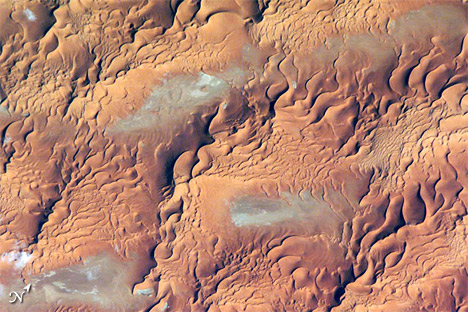
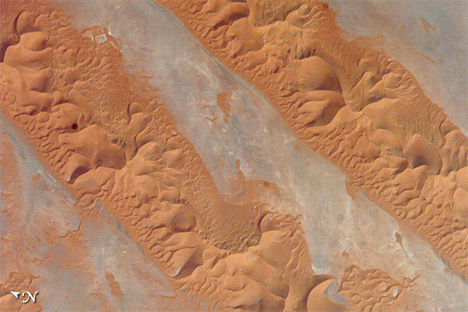
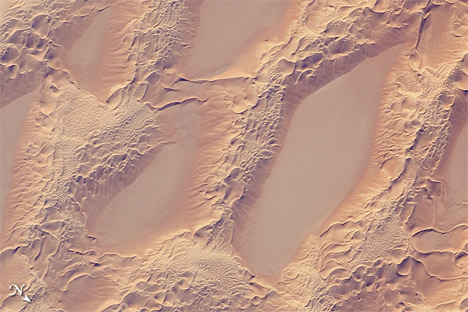
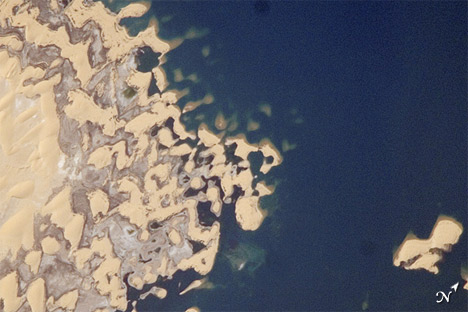
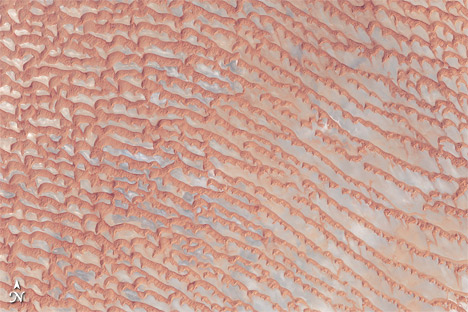
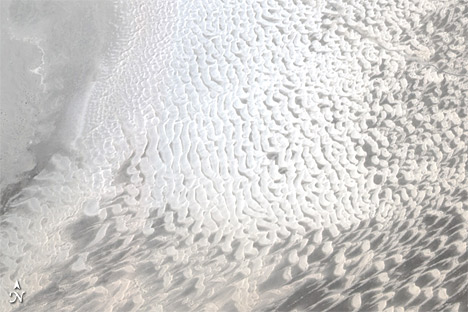
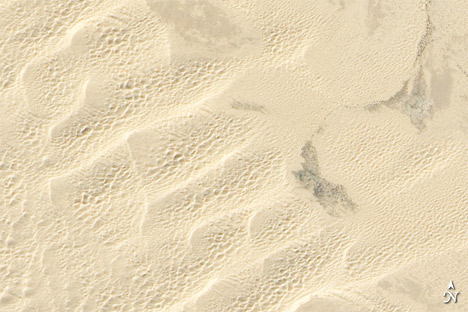
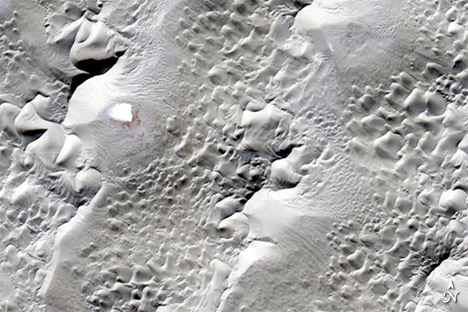


What about some of the Martian dune formations?
Well this is the “Earth Observatory” right?
Are there dune formations there that are more mature landforms?
These dunes pics are really extraordinary. It’s one of my favourite greatest Earth phenomena created by pozycjonowanie the nature. You may also find it interesting to observe Las Palomas Diunes on Gran Canaria in Canary Island Archipelago.